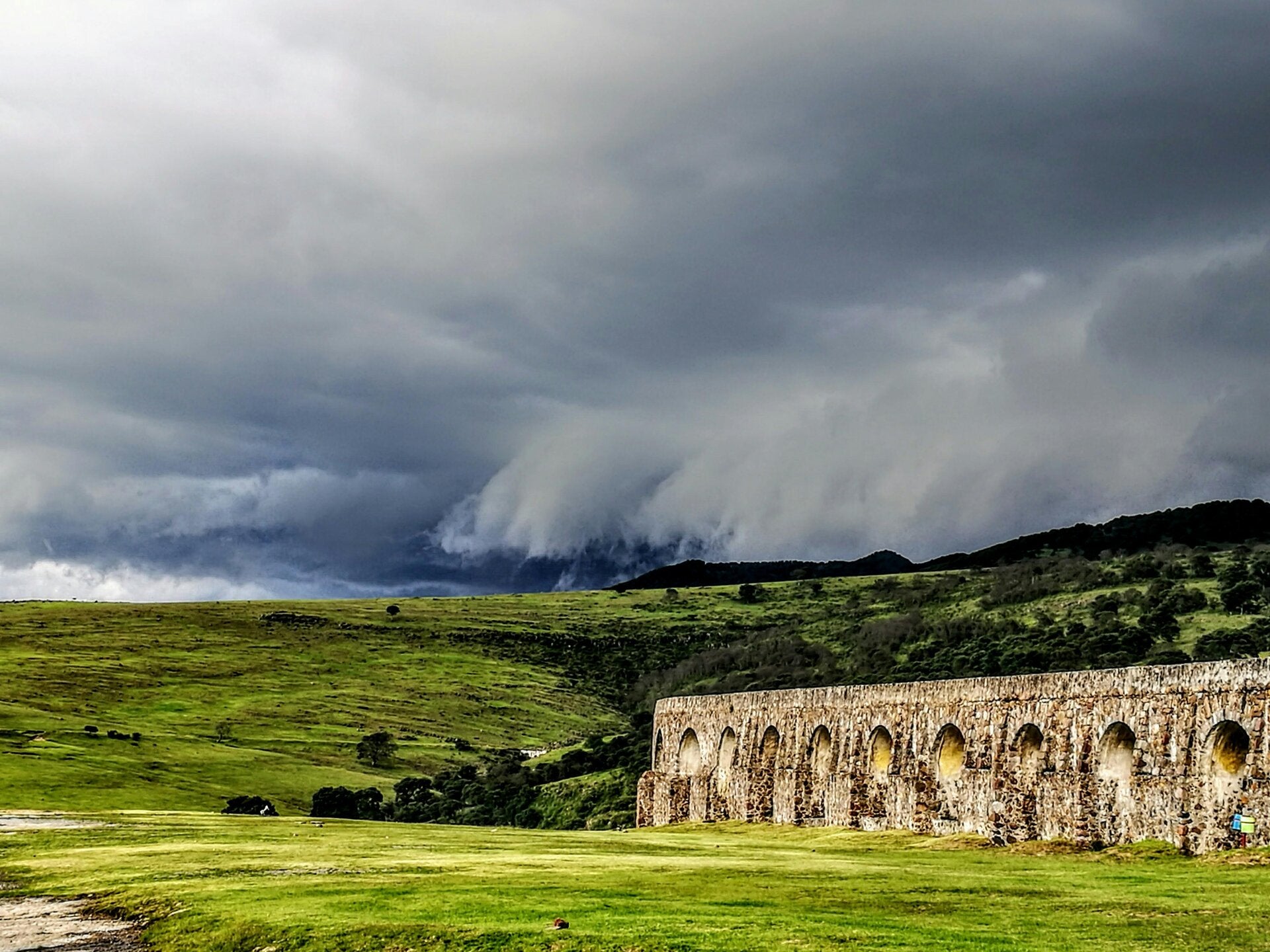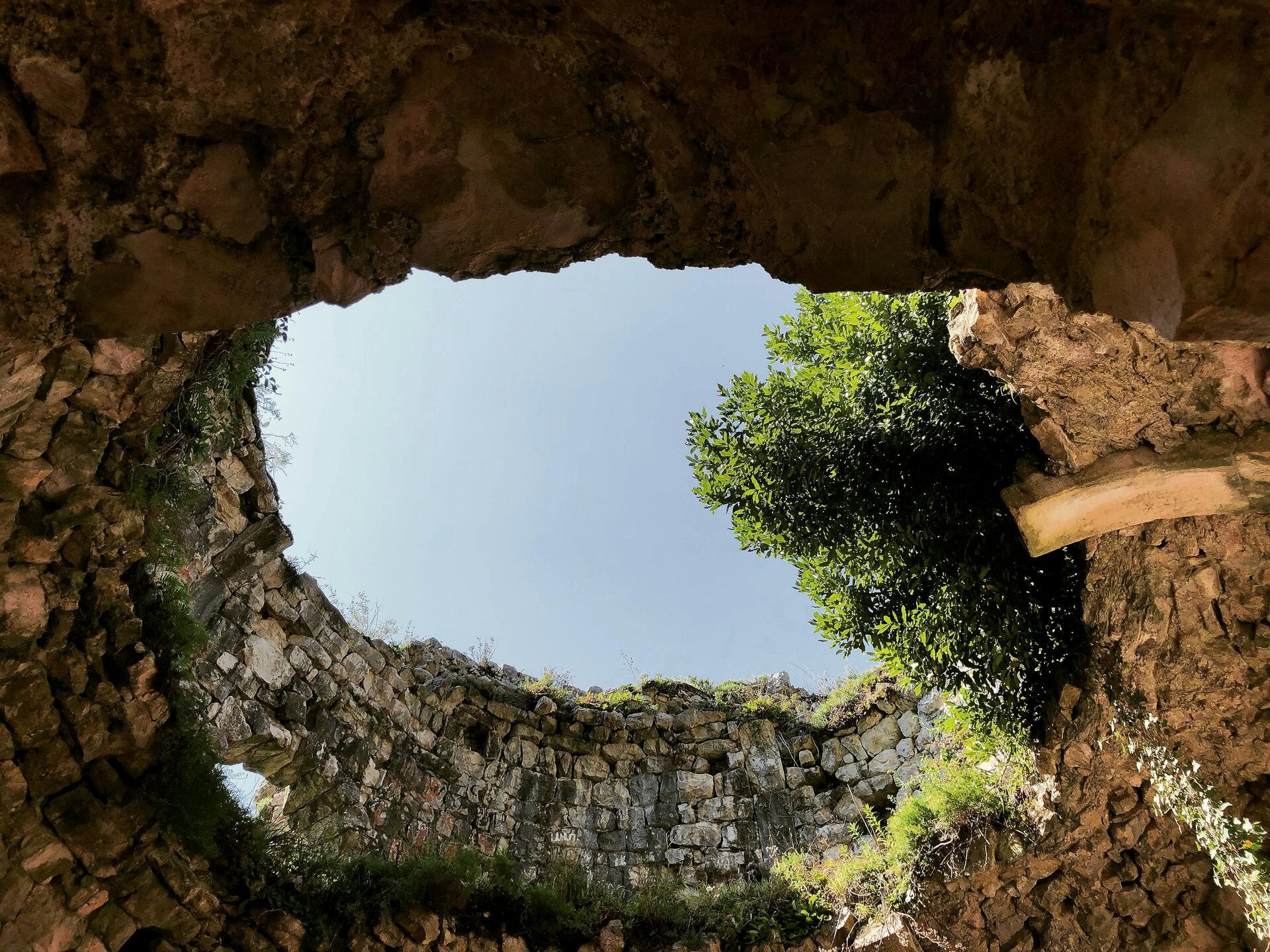Kildrummy Castle: A proud erskine heritage
Discover the captivating history of Kildrummy Castle, a significant landmark in the Erskine family's legacy.

A fortress of early Scotland
Located off A97, 10 miles West of Alford, Aberdeenshire, Scotland, Kildrummy Castle, though now in ruins, was built in the 13th century and stood as one of Scotland's largest and most formidable early castles. Its high curtain walls enclosed a courtyard, fortified by six round towers at the corners and gate. The largest of these, known as "the Snow Tower," may have served as the main keep. Originally constructed by Gilbert de Moray in the 13th century, it faced numerous sieges and captures throughout its history, playing a pivotal role in Scottish history.

Secrets from the past
Kildrummy Castle witnessed royal power shifts and family feuds. David II seized it from the Earl of Mar in 1363, holding it in royal hands until Alexander Stewart, the Wolf of Badenoch, acquired it by compelling Isabel Douglas, Countess of Mar, into marriage. Passing through the hands of the Cochranes and then the Elphinstones, it eventually returned to the Erskine Earls of Mar in 1626, weaving its fate into the intricate tapestry of Scottish nobility.

Enduring legacy
The castle faced sacking in 1530 by John Strachan and captured by Cromwell's forces in 1654. Severely damaged in 1690 by Jacobite forces, it was later used by the 6th Earl of Mar as a base during the Jacobite Rising of 1715. Following the Jacobite defeat, Kildrummy was deliberately dismantled and repurposed as a quarry. Today, its ruins stand as a testament to its rich and turbulent past, overlooking the serene green landscapes of Scotland.
"Kildrummy castle will always be part of the proud Erskine heritage."
Erskine Family